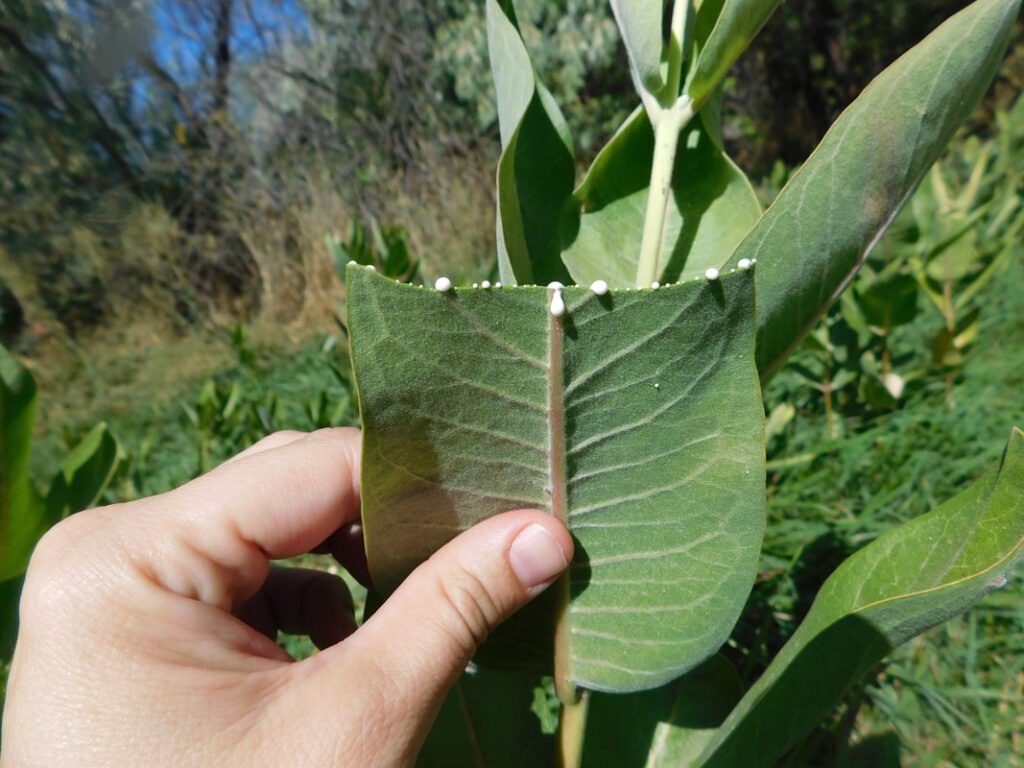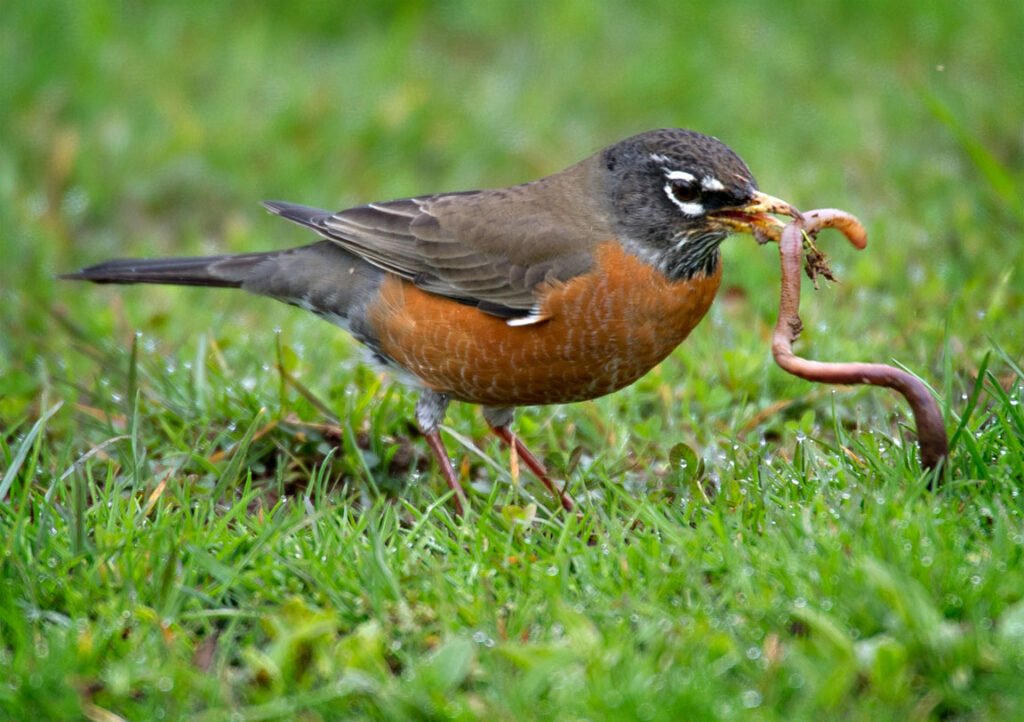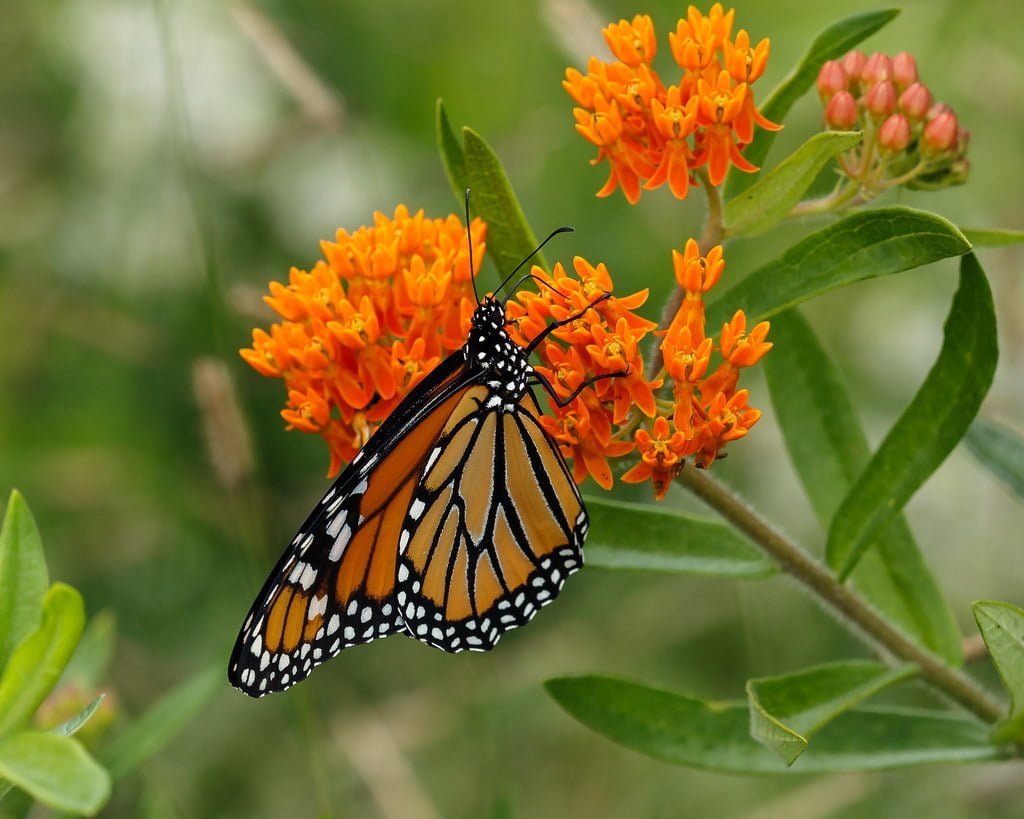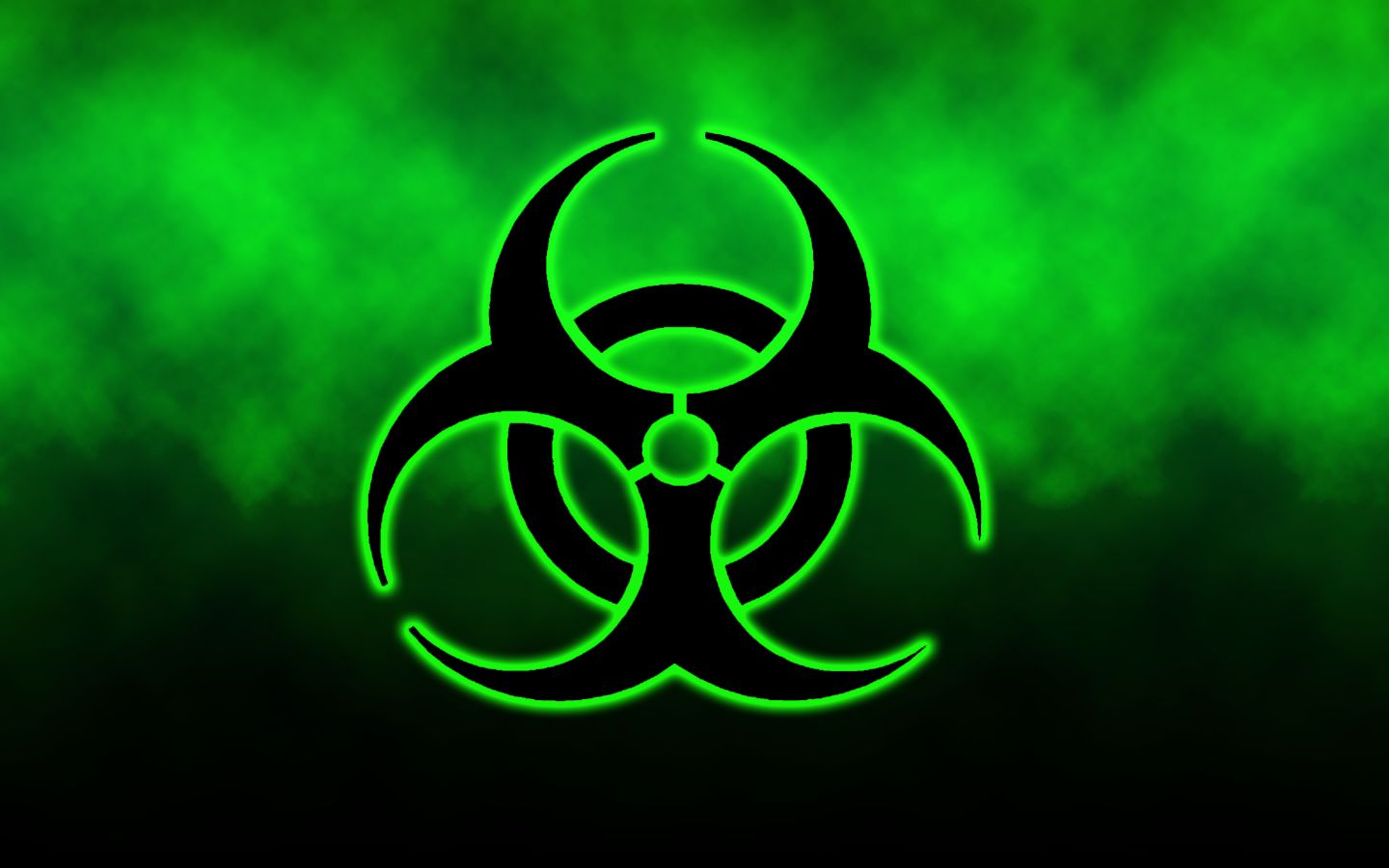Yes, Milkweed (Asclepias) is considered toxic to humans, as well as to many animals. The entire milkweed plant, including its leaves, stems, flowers, and milky sap, contains toxic compounds known as cardenolides. These substances can be harmful if ingested or come into contact with the skin or eyes.

While milkweed toxicity varies among species, the general rule is to exercise caution when handling or consuming any part of the plant. The sap can cause skin irritation, redness, and swelling. If it comes into contact with the eyes, it may cause irritation and redness. Ingesting milkweed can lead to symptoms such as nausea, vomiting, abdominal pain, and, in severe cases, more serious health issues.

However, it is important to note that some insects, particularly Monarch Butterflies and their caterpillars, have developed a tolerance to milkweed toxins. In fact, Milkweed is the primary food source for monarch caterpillars, and they have the ability to sequester the cardenolides from the plant, making themselves unpalatable to predators.

If you suspect exposure to milkweed or are concerned about its toxicity, it is advisable to seek medical attention or consult with a poison control center for guidance.
Wear gloves, if possible, when you plant Milkweed, and certainly try to keep your fingers out of your eyes while doing gardening of any kind. The soil harbors every kind of bacteria and virus.

Butterfly Milkweed Seeds (Asclepias Tuberosa) for North America
More than 50 Orange Butterfly Milkweed Seeds (Asclepias tuberosa) originating from tobacco country for most of North America.
So while Milkweed are toxic, and its latex can be an irritant to humans, in the end it is worth the risk, because together, by planting more Milkweed, we can restore Milkweed Butterflies… one day at a time!

The Adventures of Johnny Butterflyseed – Author Signed First Edition Children’s Book
Save the monarchs!
Johnny Butterflyseed and his fairy friend, Raven Silverwing, embark on a mission to save the rapidly disappearing butterflies. They enlist the help of Queen Venus Goldwing and her kingdom of monarchs to educate and inspire kids to become butterfly farmers. At first, Johnny faces his own internal struggle with self-doubt and fear in his ability to make a difference, but then soon develops a mindset that allows him to not only get started, but also make progress one day at a time. Through challenge after challenge, Johnny learns that he is not alone in his mission and that there are many people who want to help. Together, Johnny, Raven, and Queen Venus educate thousands of children on becoming butterfly farmers.
